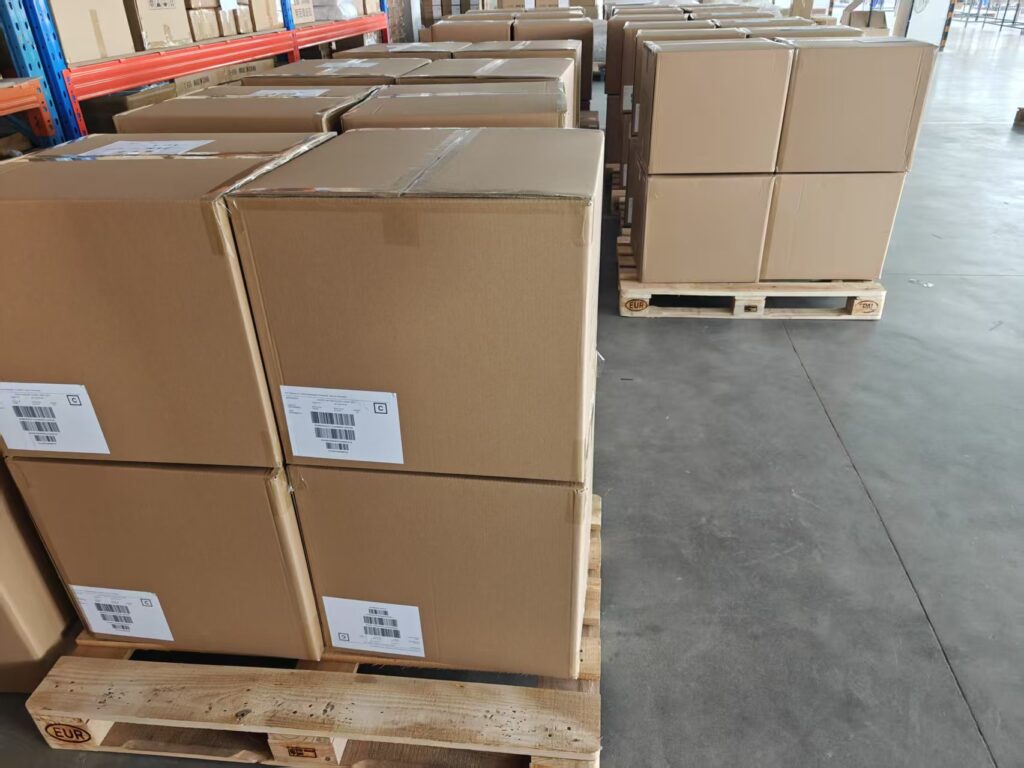A Step-by-Step Guide to Executing a Global Display Campaign
By Yan Luo | Samtop Display
Planning a multi-country display rollout requires careful coordination across production, logistics, and installations. With the right strategy, brands can streamline their global display campaigns and ensure consistent execution across all regions. Key factors include ensuring consistent quality, managing logistics, navigating customs regulations, and maintaining effective communication with all parties. Proper planning and timing are essential for a successful rollout across multiple countries.
At Samtop, we specialize in supporting global brands with multi-country display rollouts, ensuring on-time delivery, high-quality execution, and seamless logistics management.

1.Are You Ready for a Smooth Global Display Rollout?
Launching a display campaign across multiple countries involves a complex set of challenges. Poor coordination, shipping delays, and inconsistent quality can disrupt the entire process. How can you ensure your global display rollout stays on track?
2. The Challenges of Multi-Country Coordination
When you’re managing a global display rollout, every region has its own logistical hurdles. Misaligned timelines, differing customs requirements, and varying levels of local expertise can lead to delays, unexpected costs, and customer dissatisfaction.
3. A Strategic Plan for Seamless Global Rollouts
To overcome these challenges, a well-structured approach is essential. By setting clear goals, selecting the right suppliers, managing logistics, and ensuring localized installations, you can execute a smooth, efficient, and successful multi-country display rollout.
📊 Key Steps for Planning a Multi-Country Display Rollout
1. Set Clear Objectives and Timeline
Establishing clear objectives and a detailed timeline is the first step to planning a successful rollout. This ensures all stakeholders are aligned and that the project stays on track.
Key Questions to Answer:
- What are the goals of the display campaign (e.g., increase foot traffic, promote a new product)?
- What is the timeline for each country’s rollout, considering holidays, peak seasons, and lead times?
- Which regions are involved, and what are the logistical and regulatory differences?
Tip:
Create a project roadmap that outlines key milestones for each country, including production, shipment, and installation deadlines.
2. Select the Right Suppliers and Manufacturers
Choosing the right suppliers and manufacturers is crucial for maintaining consistency and meeting production deadlines.
Key Supplier Considerations:
- Experience: Choose suppliers experienced in large-scale international orders.
- Customization: Ensure they can tailor displays to meet specific local needs (e.g., language or branding).
- Production Lead Times: Factor in lead times and make sure they can meet deadlines for multiple countries simultaneously.
Tip:
Work with a single trusted supplier for consistency, or use specialized suppliers for different types of displays (e.g., window displays, interactive props).
3. Plan Logistics and Shipping Across Multiple Countries
Carefully plan the logistics to ensure cost-effective, timely, and secure delivery of display units to multiple countries.
Key Logistics Considerations:
- Shipping Method: Choose sea freight for cost-effectiveness or air freight for faster delivery. Sea freight is more economical for large shipments, while air freight is better for time-sensitive displays.
- Consolidating Shipments: Consolidate shipments to reduce costs, especially when shipping to multiple countries at once.
- Customs and Import Regulations: Research each country’s import duties, tariffs, and customs procedures.
Tip:
Partner with a reliable freight forwarder who understands international logistics and can manage shipments to multiple regions.
4. Manage Local Installations and In-Market Coordination
On-the-ground coordination is key to ensuring that displays are installed on schedule and meet brand standards.
Local Installation Considerations:
- Local Installers: Hire professional installers who understand the local market and the requirements for luxury retail setups.
- Store Managers: Coordinate with local teams to align installation schedules and ensure displays are set up according to brand standards.
- Quality Control: Assign a project manager in each region to oversee installation quality.
Tip:
Create a detailed installation guide that includes setup instructions, maintenance tips, and safety precautions for each market.


